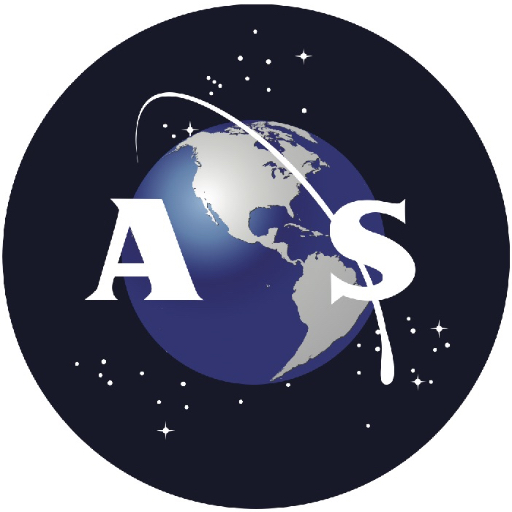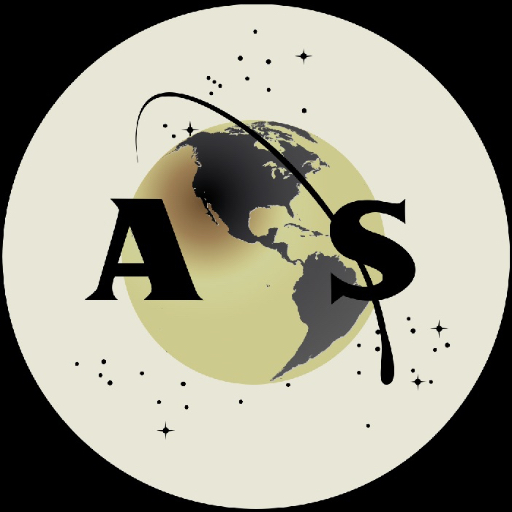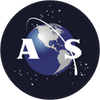
CAPE CANAVERAL, Fla – The general public views NASA’s Kennedy Space Center as the place where America launches astronauts into space. Few of them, however, understand the dynamic between the NASA employees and the space agency’s family of contractors. Fewer still know about the important role these contractors play in allowing the dream of space flight to solidify into reality.
AmericaSpace conducted an extensive tour of the largest contract at work at KSC—the Engineering Services Contract. We spoke with the men and women who worked to conduct and close out the space shuttle era. In the process we found out about what they are currently doing to build the future.

The Engineering Services Contract, or “ESC,” covers a vast array of disciplines and requirements essential for space operations. The ESC deals with engineering, weather forecasting and mitigation, scientific research, payload operations, and even developing advanced technologies for crewed missions into deep space.
To gain an overview of what the ESC does, AmericaSpace spoke with Mark Nappi, Vice President and Program Manager for the Engineering Services Contract, and Pat Simpkins, NASA’s Director for Management, Engineering, and Technology Directorate.

AmericaSpace: Thanks for sitting down and speaking with us today.
Nappi: “No problem, it is our pleasure.”
Simpkins: “Precisely, we’re pleased to have the chance to speak with you about the ESC.”
AmericaSpace: Can you provide us with a brief overview of what the ESC provides for the Kennedy Space Center?
Nappi: “A large piece of what we do out here at the Kennedy Space Center is currently invested in rebuilding the infrastructure, as well as supporting the shops and labs that will eventually do the testing on the equipment or support building some of the equipment and doing some of the qualifications on them when they are built and designed here on the center. We also have science labs that perform science experiments and actually process some of the small payload carriers that bring some of the payload for the commercial providers that are currently launching into space today.”
AmericaSpace: That brings us to a very important question: does the diversity of what the ESC does present any challenges or is their some synergy there that allows it to happen?
Nappi:“Well, it is a very diverse contract. Those that work under this contract range from scientists with PhDs to planners and schedulers to technicians, all the way through to engineering and, of course, a lot of administrative functions. So it is a very broad contract. Not only are the demographics broad, but we are also made up of 12 or 13 different teammates that bring not only a lot of experience to the table but also offer us the ability to reach back into their companies for when we are going through some surge cycles here at the center, where we can bring some additional skills on. Then, when those surges are over, we can send those skills back to the companies. So it is a very broad, broad contract.”

AmericaSpace: Is it possible that the ESC will grow further? Is it “maxed out” where it is?
Nappi: “That’s a pretty good question for Pat.” (laughs)

Simpkins: “It could, depending on the demand; you know, the way I look at it is, for the first time in about forty years Kennedy Space Center has an Engineering Services Contract that runs the entire life cycle of engineering and sciences. In other words, we have labs where we have scientists testing low technology level ideas. Some of them come to fruition and come into the design space. For instance we may develop a corrosion protection capability, but we’re doing a very low TRL (Technology Readiness Level) study of it; we may figure out that there’s a way to incorporate that into the design of an umbilical of the next rocket. So, we get into the design area, people start to design things, we test things, and we do development and manufacture of some things, and that’s involving all of the engineers. It’s a combination of Mark’s whole team and my whole team; we get together and we get the right skills for the design and development phase. Then we get into the test phase, and then sometimes stuff doesn’t work out the way that you want it. It either breaks because of design or it breaks because the hypothesis wasn’t good in the first place or it needed to be changed. So, it comes back out of this design, development, test, and operations cycle and back into the lower part of the technology readiness level, and we look at it again and say, ‘Don’t do that again. Try these other four things.’ And so we run all the way from wacky idea to operating it on a day-to-day basis. And as it breaks or not, we take those lessons learned and fold it back in.”
AmericaSpace: Judging from what we’ve been told, and certainly what we’re hearing today, it seems that the ESC is one of the largest—if not the largest—contracts in operation at Kennedy Space Center. Is this correct?
Simpkins: “It currently… I believe that it is the largest, currently. There’s ongoing activity for the Test and Operations Services Contract.”
AmericaSpace: Was it the largest during the shuttle era?
Simpkins:“Yes.”

AmericaSpace: With the test flight of the Orion spacecraft coming up—the Exploration Flight Test 1 scheduled to fly in 2014—do you think that it might remain the largest?
Simpkins: “It will be very large, but I don’t know if it will remain the largest; it depends on how the center does the rest of the institution—in other words, the Institutional Services Contract, the one that manages the roads and buildings and air conditioning and power and so forth. That’s a pretty large contract. I don’t know how big that is, but, depending on how big or small our infrastructure gets, that may be the largest. We will never go back to something comparable to USA (United Space Alliance, the merged team of The Boeing Company and Lockheed-Martin that handled much of the space center’s operations during the space shuttle era). That’s just not the business model for all the different providers that will be out here.”
AmericaSpace chatted with Mark and Pat for a bit further and we will close this series with the remainder of this interview. However, this is a good time to pause and prepare for the next segment in this series, where we discuss the efforts to modify the iconic Launch Complex 39B for use in NASA’s new Space Launch System (SLS), as well as possible commercial uses as well.
Tune in tomorrow for the second installment of ESC Empowers. In it, AmericaSpace will cover the efforts of the ESC to modify the historic Launch Complex 39B to develop the site to launch NASA’s new Space Launch System, as well as other possible commercial uses.
Missions » ISS » COTS » Missions » ISS »




Thanks for this information. I’m pleased to learn that these wonderful facilities are being used and that we have not given up on “space”. I’m proud of all the wonderful and exciting things that have been accomplished by the Kennedy Space Center and NASA.